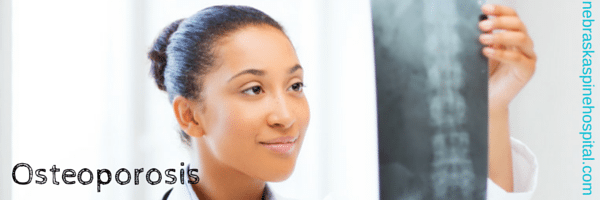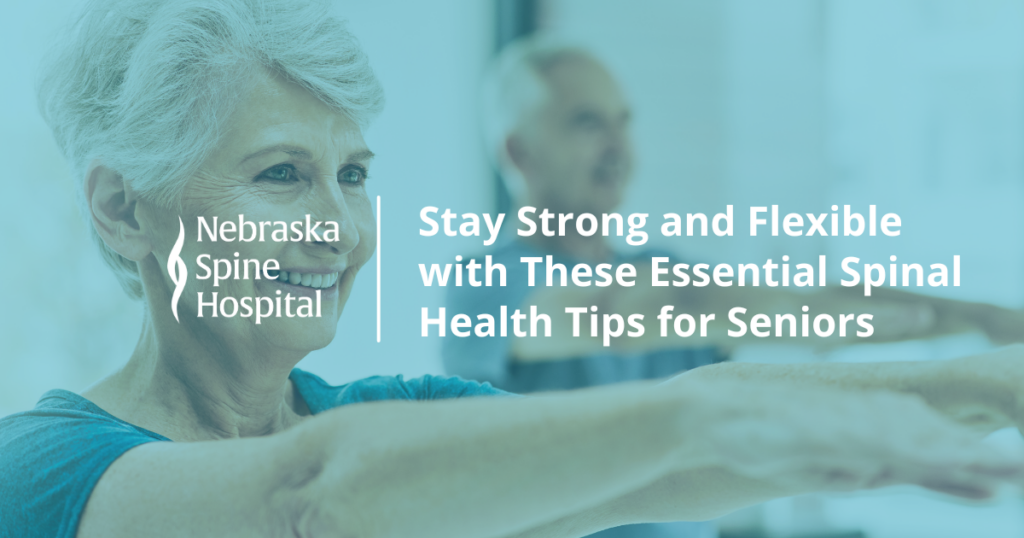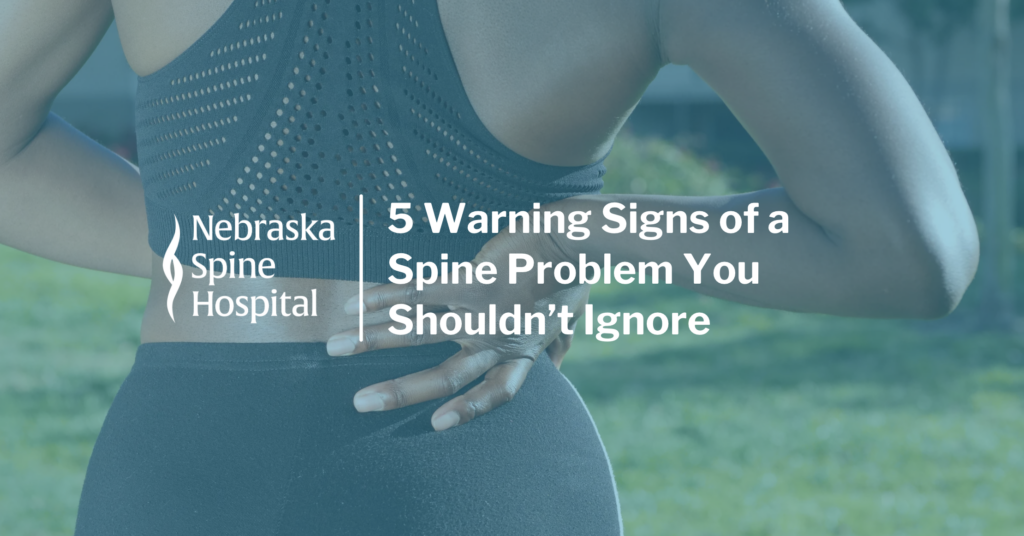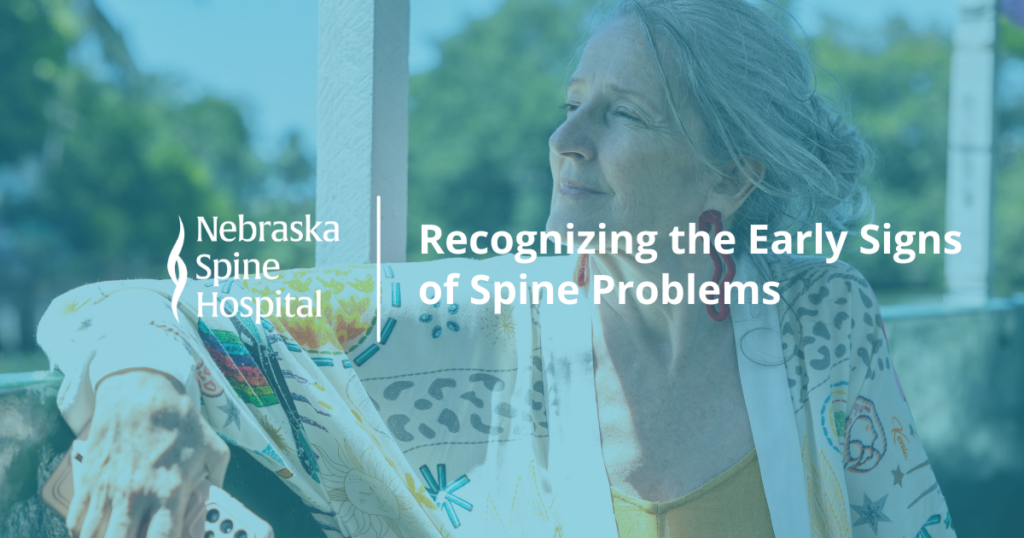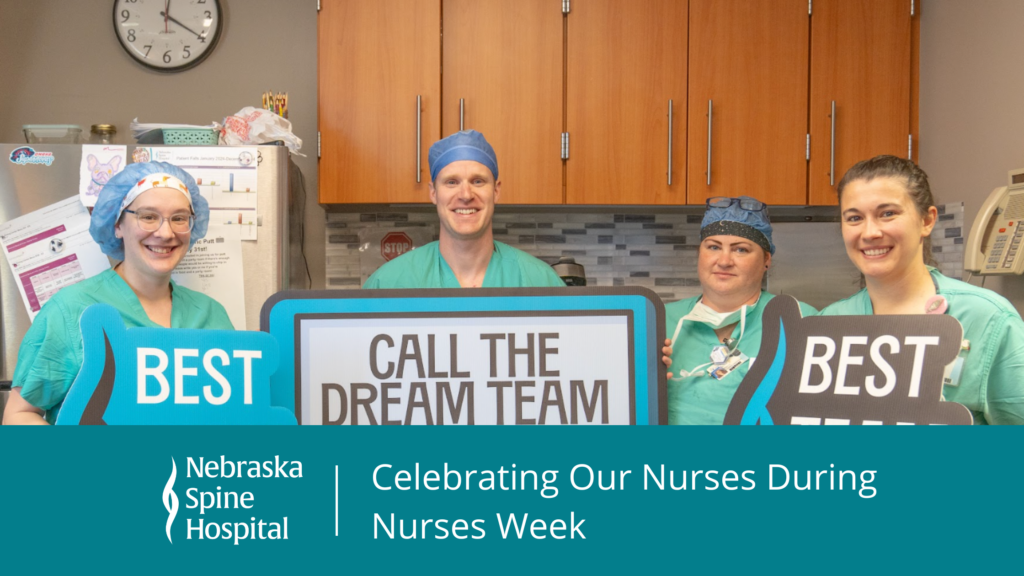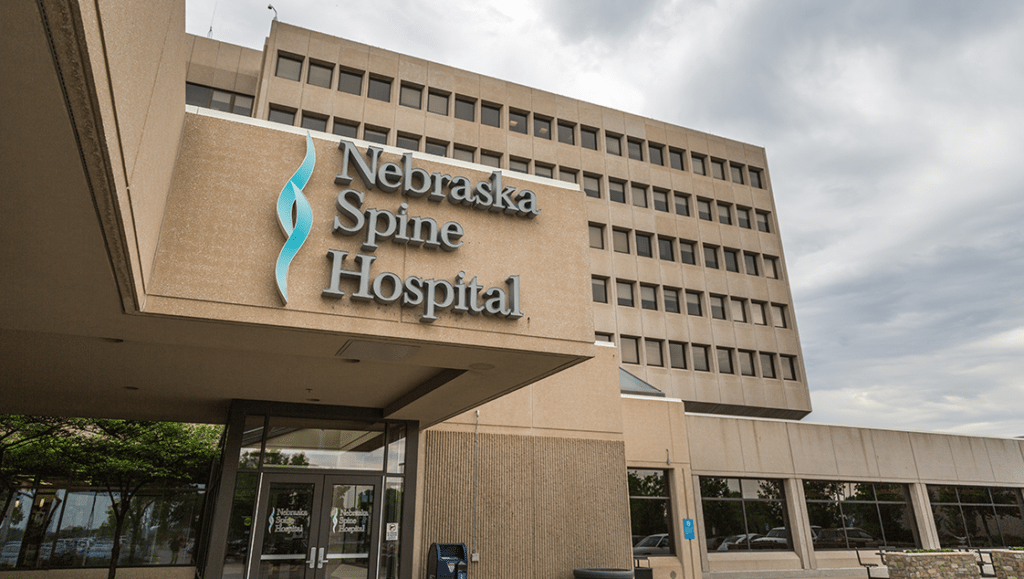Perhaps one of the most well known bone conditions, osteoporosis is “a condition that causes thinning of the bones. This can result in fractures, deformity, and even death” as stated by spine-health.com. Though common, osteoporosis is quite treatable with certain medications, supplements, and sometimes even surgery.
Osteoporosis is caused by the loss of bone mineral density. Our bones essentially regrow and replace themselves throughout adolescence and into our twenties. However, by the age of 30, an individual’s peak bone mass is achieved. Once the bone mass has reached this point, the process of laying down new bones and removing the old bones slows, meaning our bones are replaced as quickly. This bone loss process causes osteoporosis and in some case, fractures of the bone.
Women are more susceptible to osteoporosis due to their hormones. Estrogen helps maintain bone strength. Once a women reaches menopause and her estrogen levels decrease, the strength of her bones decreases as well.
One thing to remember is that your genetics do play a role in determining whether or not you get osteoporosis. Some people are more genetically inclined to osteoporosis, so regular bone mass testing is very important. Osteoporosis can be prevented, but prevention must start early. Besides eating an excellent diet, full of nutrients that support good bone growth (such as calcium and vitamin D), weight bearing exercises can help strengthen the bones. Starting a weight lifting program, or working with a trainer at the gym can be an excellent way to get into a weight lifting routine. If a person already has osteoporosis, special consideration should occur when it comes to exercise. For instance, traditional sit ups may hurt the spine, so the patient would want to find alternative exercises to work the abdominals.
According to spine-health.com, “The gold standard for diagnosis of osteoporosis is dual energy X-ray absorption scan (DEXA scan). The test is performed by passing low energy X-rays through a bone (e.g. spine, hip, or wrist). The test takes about ten minutes, is painless, and is associated with very limited radiation exposure.”
Once diagnosed with osteoporosis, treatment can occur. The best way to treat people with osteoporosis is to educate them. Educate the patients about proper nutrition, ways to exercises, and what medications or supplements to take. As always, the goal in treating osteoporosis is to prevent fractures.


